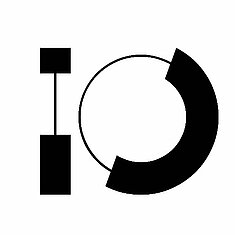With 5G, smartphones give way to vehicles, devices and infrastructure
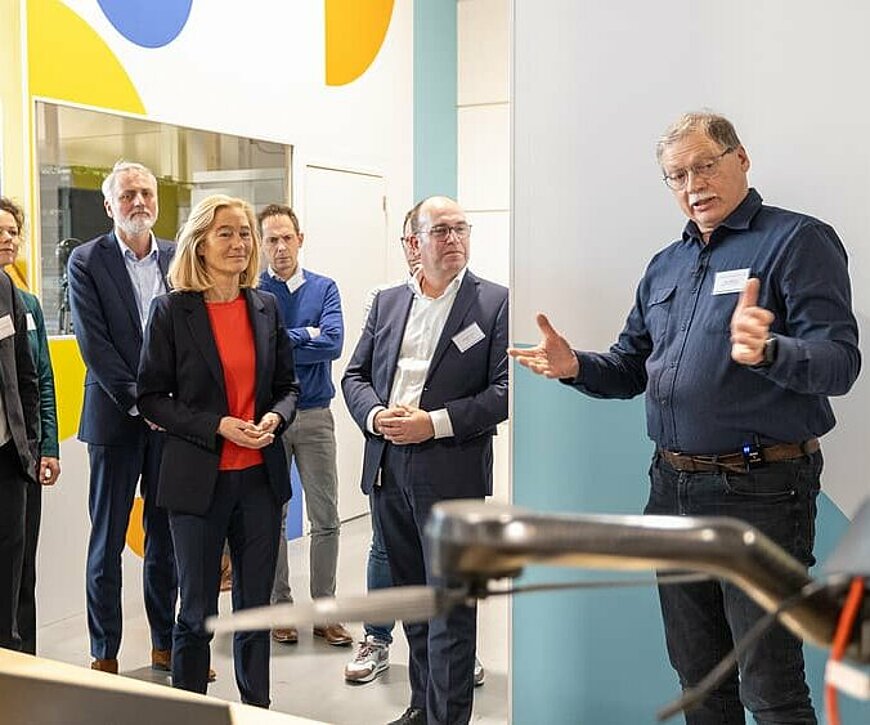
On Carnival Monday, Minister Micky Adriaansens (Economic Affairs and Climate) came to the 5G Hub to see for herself the state of 5G.
While up to 4G, the smartphone was still the main ‘consumer’ of that technology, from 5G onwards, this will no longer be the case. Then, it will be autonomous vehicles, the Internet of Things, and our connected devices. In short, we are moving towards a world where the security of our digital infrastructure will become increasingly crucial. But then we need to develop useful applications for it. “And we are doing that here, in the 5G Hub on the High Tech Campus, the epicenter of high-tech innovation in the Netherlands,” says Jelmer Letterie of Vodafone Ziggo, one of the four partner parties in the hub.
Why you need to know this:
The 5G Hub at the High Tech Campus in Eindhoven is experimenting with applications for the 5G network. This could solve several bottlenecks in our society.
“The digital infrastructure we want to boost here from a verifiable test environment plays a crucial role in the economy and society,” he adds. The 5G Hub was established four years ago by Brainport Development, High Tech Campus, Ericsson, and Vodafone Ziggo. On Carnival Monday, Minister Micky Adriaansens (Economic Affairs and Climate) stopped by to see for himself the state of those applications.
Letterie, senior marketing manager B2B at Vodafone Ziggo, stressed the importance of collaboration in his introduction. “This is about connecting people within the ecosystem. And about connecting education, government, and business with each other to realize those new applications.” A dozen of these were on display at the hub, ranging from a (remote) remote-controlled delivery robot to a system for drones and an ingenious camera system for hockey clubs.
Critical communication
But before the minister could go and see them, Sander van der Zande, responsible for technology strategy, was allowed to give her an overview of the origins of 5G and 6G – and his company’s ambitions. “From 5G onwards, it’s about providing really critical communications, reliable and without delay,” he says. He talks about the importance of ‘local breakout’, ‘edge cloud services’ and ‘network slicing’, all technical feats that distinguish 5G from 4G.
But in the end, of course, it’s all about the applications. Those Van der Zande sees include healthcare, autonomous transport, image recognition for security purposes and, of course, VR and AR gaming.
He concludes with some good news, quoting from the just-released ‘State of the Digital Infrastructure’ report. “The digital sector accounts for two percent of the direct added value of our economy and indirectly much more. And with a carbon footprint that, depending on the application, contains only 0.02 to 0.65% of national emissions. So, in relative terms, the sector is doing very well, but in absolute numbers, it is still too much. That is why we are already working hard to do something about it. 5G aims to break through the energy curve.”
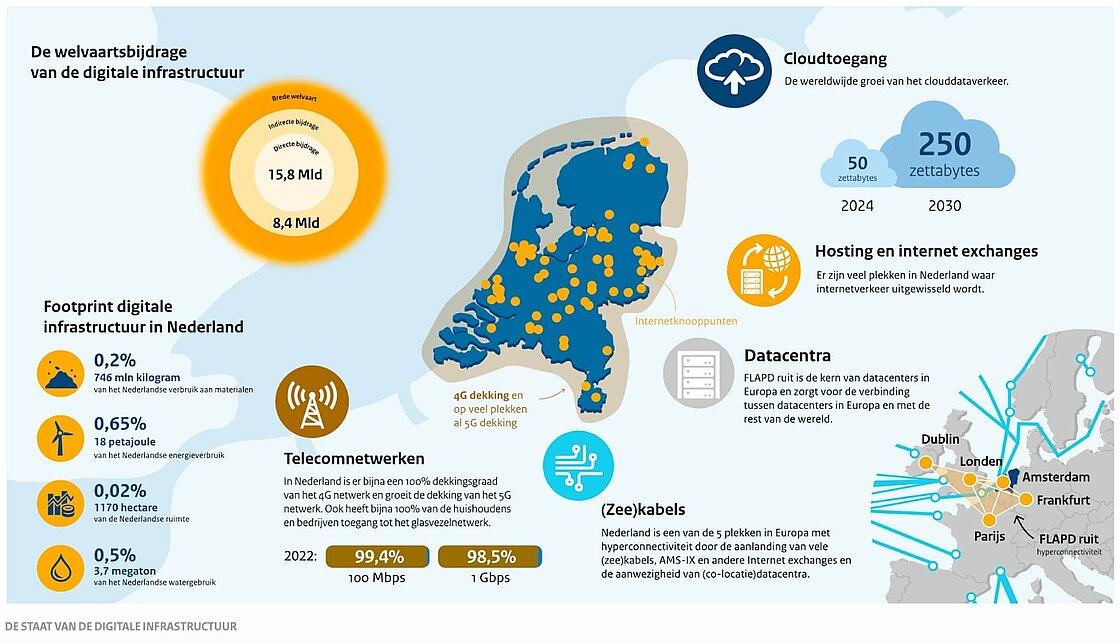
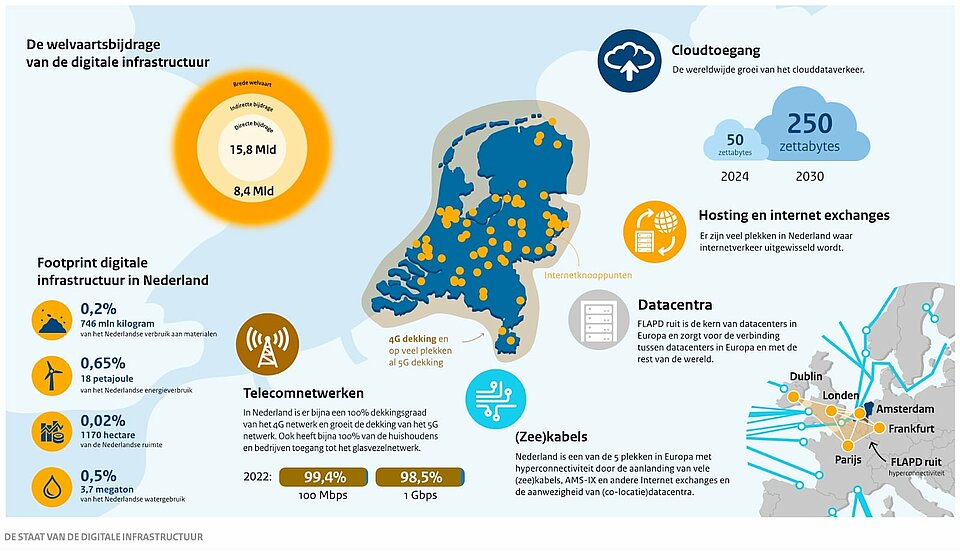
Demonstrations
And then, it was time for the demonstrations. Thijs van Elzen, commercial director of WeHeat, which makes heat pumps that are not only super efficient but also constantly getting ‘smarter’, kicked off. “Boilers have 95 percent efficiency. That already seems like a lot. But a heat pump achieves as much as 450 percent, making it a factor of 5 more efficient.” Challenges also exist, he admits. These include installation capacity (too few installers), user habituation (a heat pump gives more stable heat but is slower), and grid congestion.
“Fortunately, there are solutions for that too,” he adds immediately. The key word is 5G. “With 5G we can remotely supervise the installation, so that would already make a big difference. 5G also allows us to control comfort smarter.” As an answer to grid congestion, Van Elzen would like to work with “thermal buffers” – a kind of battery that runs on heat. “The moment there is a lot of energy, you heat up the water, and you store it in that buffer. In doing so, you must use the available data smartly, preferably with AI. Then you can perfectly match supply and consumption over time.”
5G also plays a role there. “In the future, heat pumps will become part of collaborative networks. Infrastructure will then be essential, and not just for the business model. Just installing more heat pumps – no matter how efficient they are – will soon create new problems, similar to the net-metering scheme. The peak load is going to work against you. Only if we cooperate smartly on the basis of a functional 5G network can we make it; then a wonderful future awaits us.” In his closing remarks, Van Elzen looks expectantly towards the minister, but the latter does not let up.
Drones
‘Beyond Visual Line of Sight’, is the name of a collaboration between the 5G Hub, Dutch Drone Center and Aviolanda, to allow drones to be piloted up to 120 meters in altitude beyond line of sight and with video surveillance. Telecom networks are built for ground-based coverage, requiring testing with new software first. In addition, smart antennas are deployed that provide coverage by use and can also provide coverage in the air. “One of the use cases we are talking about is the inspection of the Leidingstraat Nederland,” explains Rudy Muller. “The pipeline street from Antwerp to Rotterdam is now inspected every week by helicopter, with a person looking down hoping to see it – or not. We will do that with drones that take images of the entire route and send the result directly to the cloud. To process that data properly and quickly, we need fast technology. That’s what we are working on right now.”
Hockey
Bart van den Acker then shows how his company EHTV+ uses mobile technology to stream hockey games where AI knows how to position the cameras automatically. Key underlying requirements for this are low latency, high throughput, and image recognition. “And we really need 5G for that, especially considering how small that ball is in hockey and how fast the game can move.”
Start-up Techbinder has developed a digital twin for (cargo) ships. “This tool monitors in detail the energy consumption of cargo ships, allowing shipping companies and ship owners to take actions to significantly reduce, for example, fuel consumption and CO₂ emissions,” Bram van den Boom explains. “The innovation is especially relevant for the maritime sector, where the insights from the tool contribute to change in fuel consumption and awareness, and the implementation of 5G is crucial for fast and reliable data in congested areas such as ports and locks.”
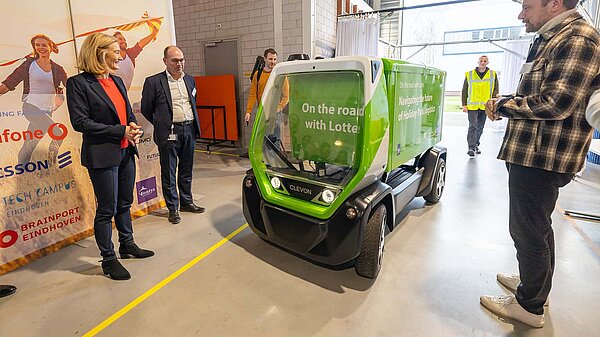
From Estonia
Finally, Clevon‘s delivery van pulled in. It looked like an autonomous vehicle, but the reality was stranger: the trolley, in use at Landal ‘t Loo, was driven by a driver in Tallinn, Estonia. According to Alwin Bakker of partner Dutch Automated Mobility (DAM), this is a logical intermediate step towards autonomous driving. “With this, we bridge the gap between last-mile transport needs on the one hand and actually implementing robots in practice on the other.” The ‘driver’ watches a live video stream with camera images from the vehicle from a great distance away. It is important then that there is as little delay on the line as possible. We have figured it out by now after all the presentations: 5G is the solution for that too.
